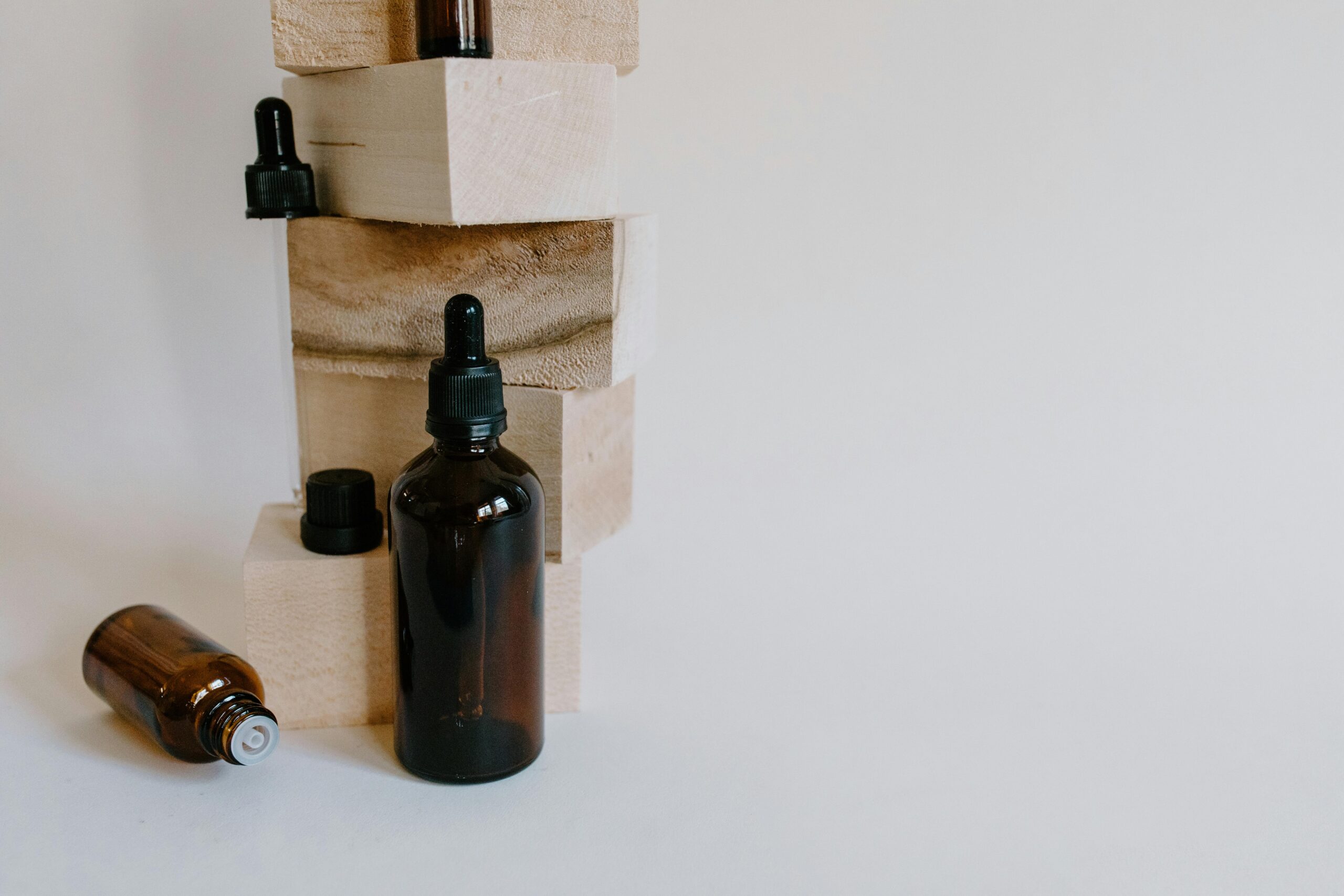
Historically, women have been the vanguard for the wellness movement – the tastemakers, influencers, and arbiters of all the newest trends. And if the recent buzz is anything to go by, 2021 may well be the year of the mushroom.
For most women, their first taste of fungi was probably the button mushrooms they ate as a kid, dotting a pizza or packed in an old-school salad. These drinkable fungi are not those mushrooms. The recent fad of drinkable fungi mainly centers on adaptogen mushrooms that have been around for centuries (millennia even) in the traditional medicines of East Asian, European and North American cultures.
Boasting a long list of potential health benefits, these mighty mycelia are poised to dominate wellness headlines this year. If you haven’t heard of them yet, here’s your first sneak peek at the wide world of drinkable fungi.
Meet the Mushrooms Everyone Is Buzzing About
For brevity’s sake, let’s narrow the focus to three of the most popular adaptogen mushrooms: reishi mushrooms, chaga mushrooms and lion’s mane mushrooms.
Reishi mushrooms, also known as lingzhi in ancient Chinese medicine, have been around for a long time. Usage of reishi dates back 2,000 years at least to the Han Dynasty, when traditional herbal medicine practitioners used it for immune system health, memory improvement and energy enhancement.
Chaga mushrooms look a little like charcoal mounds, and their flavour is deep and earthy. Numerous cultures have used these mushrooms independently: North American Cree cultures, Japanese culture and Siberian Russian cultures, to be specific. Chaga is said to support the immune system and offer a powerful punch of beneficial antioxidants.
Lion’s Mane mushrooms are so named for their wispy, light appearance. Used in East Asian medicine, these mushrooms are known as cognitive health superstars. Lion’s mane contains protective compounds that have been shown to maintain the brain’s inflammatory response, helping it stay healthy and sharp.
How to Enjoy These Drinkable Fungi
While it’s possible to get these mushrooms whole, it’s neither easy nor convenient. The most popular way people enjoy reishi, chaga and lion’s mane is in their powdered form, mixed with hot water, tea or coffee. The mushrooms can have an earthy bitterness that’s an acquired taste, so find an online retailer that mixes their mushroom powder with organic spices like cinnamon and ginger, or whole foods like coconut and fruit powder. You could also sprinkle on some terpenes that have an aroma and taste that you like to further dilute the earthiness of the mushroom powder, and potentially enjoy additional benefits from these. If you are interested in learning more about terpenes, the Finest Labs website is a good place to start.
You might be asking, how much chaga should I take each day, or what’s the correct dosage for lion’s mane? The answer isn’t clear-cut, depending instead on various biological factors like age, body mass and immune conditions.
For a clear picture of where the science rests on these mushrooms as of now, you can check out this article. As science plays catch-up with the boundless world of traditional medicine, expect to see more studies that validate the health claims attached to these historically significant fungi.
In the meantime, try them yourself. Start your day with an invigorating lion’s mane tea, a feel-good mug of chaga coffee or a relaxing cup of reishi and hot water.

















